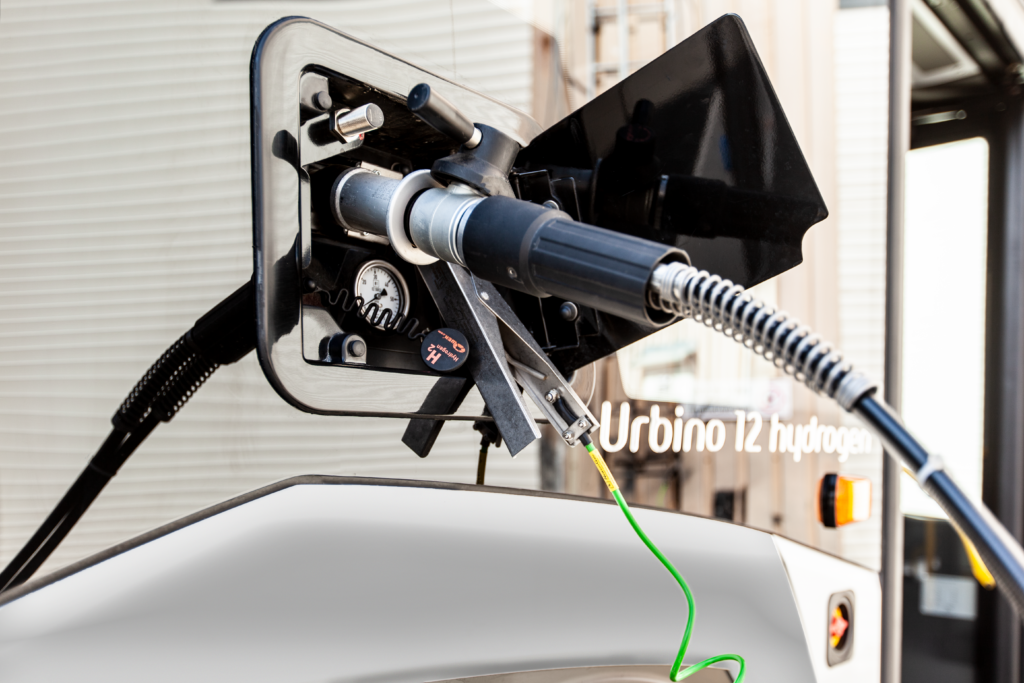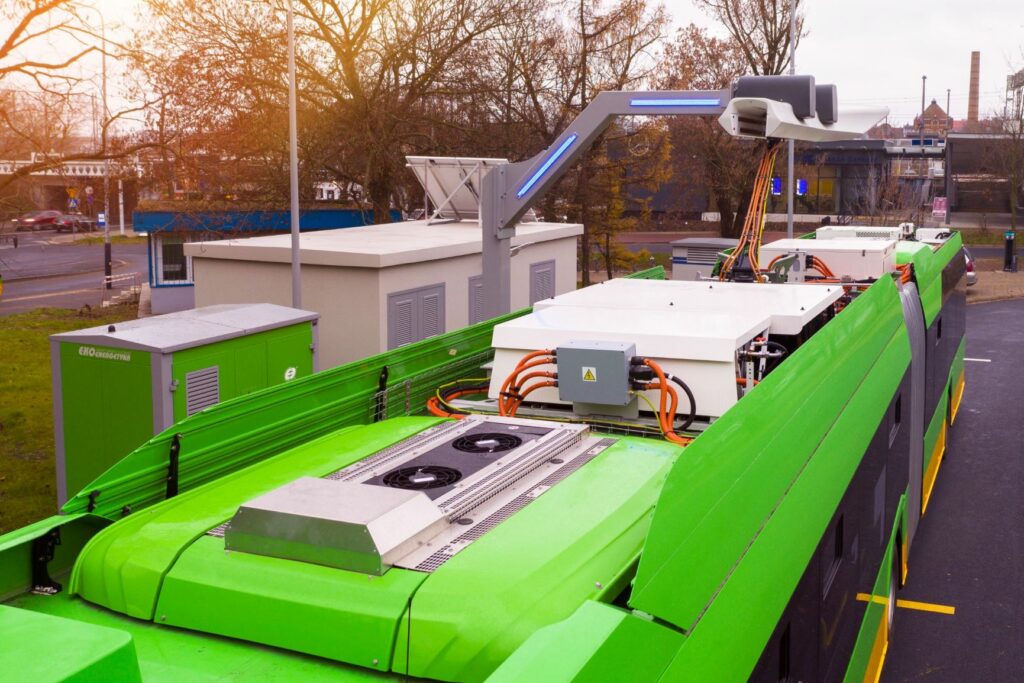UITP: 140 years of mobility and one question that remains as relevant as ever
Before the Summit in Hamburg begins, it is worth taking a closer look at what UITP is.

How long does it take to charge an electric bus?
Quite unlike in the case of combustion-powered vehicles, “to refuel” – in other words – to charge an electric bus we have to use a different procedure. Battery charging time depends on several factors: their type, capacity, power or charging method. The final charging solution should also fitt to the conditions of the vehicle use. Therefore, a short answer to this question is simply impossible. The charging itself – given the circumstances. – may take from several minutes to several hours.

PLUG-IN PORT
The most popular method of charging electric buses and an EU standardized solution. (COMBO 2 plug port is available in every emission-free Solaris vehicle). This solution lies in the connecting the vehicle with the charger via cable. The advantage of this option is the possibility of charging without building a special infrastructure. These chargers can be eaasily installed at the depot or being used as a mobile charger. Requires manual operation. This type of charging is especially recommended for batteries with high energy density (Solaris High Energy).
The maximum current intensity which we can charge the bus batteries is – in this case – 200 A (amps). This allows to deliver about 120 kWh of energy per hour. For example – charging a battry with capacity of 200 kWh battery will take about 1 hour 50 minutes. It is also necessary to take into account the balancing of the battery cells in the total charging time.

PANTOGRAPH
fast charging method. Charging with the pantograph can take place both in the depot and at selected points in the city (stops, bus loops). The main advantage of this solution is that it is maintenance-free. Loading does not require any additional actions on the part of the driver. The whole process is therefore reduced to pressing the button, which in turn automatically raises the pantograph and connects to the charging station. Electric buses can be equipped with this solution in two different variants. By placing the pantograph on the roof of the bus or on the charging mast itself (the so-called inverted pantograph). This type of charging is especially recommended for batteries with lower capacity and lower energy density, used on routes where there is a possibility of frequent recharging (Solaris High Power).
The maximum current intensity which we can charge the bus batteries is – on this case – as much as 800 A (amps). This allows for the provision of an instantaneous charging power of 450 kW. For example – it will take about 20 minutes to charge High Power battery with a capacity of 150 kWh.
Before the Summit in Hamburg begins, it is worth taking a closer look at what UITP is.
Learn more about the changes introduced by GSR2 and how they contribute to protecting all road users.
BRT in Aalborg: the city's solution for enhancing urban transport – what makes it so effective?